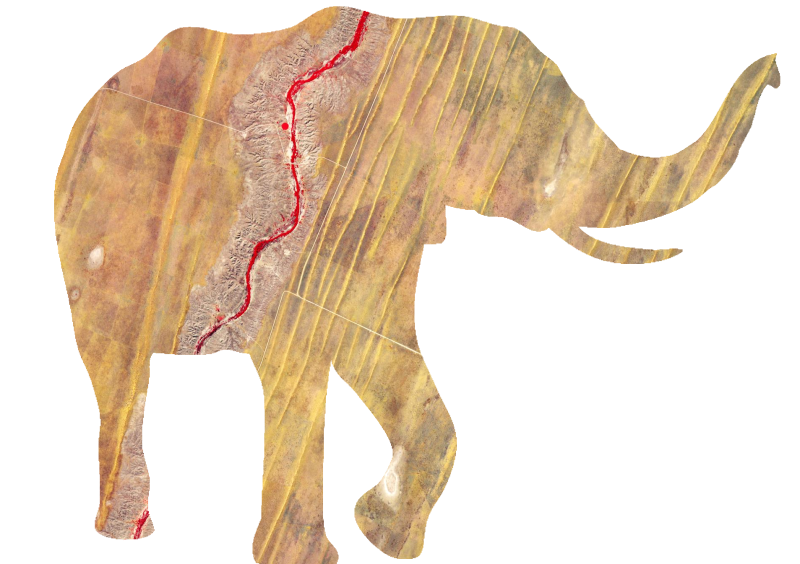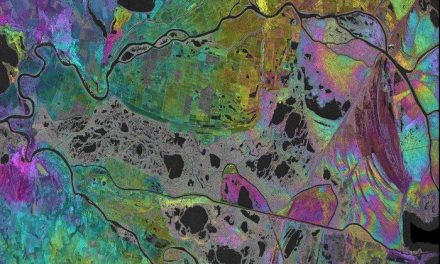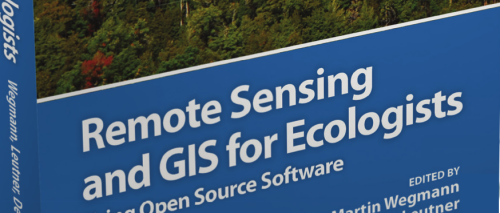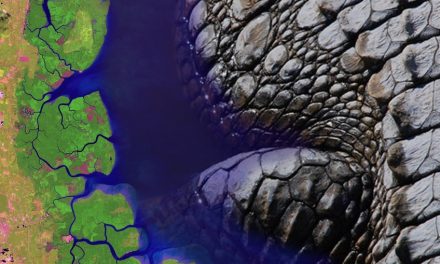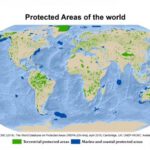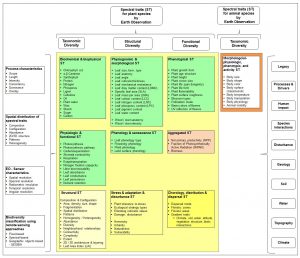
Spectral traits (ST) for quantifying biodiversity by earth observation techniques and the relevant intrinsic and extrinsic factors.
Earth observation (EO) techniques may provide a solution to overcome this shortcoming by measuring entities of interest at different spatial and temporal scales. This present paper provides a comprehensive overview of the role of EO to detect, describe, explain, predict and assess biodiversity.
1.Here, we focus on three main aspects related to biodiversity – taxonomic, structural and functional diversity, which integrate different levels of organization – genetic, molecular, individual, species, populations, communities, biomes, ecosystems and landscapes. These characteristics of BD help us to categorise and understand how EO-derived information is linked to BD. Furthermore, they help us to answer how well and in which way different EO sensors and platforms together with EO-based model approaches can describe, explain, predict and assess the taxonomic, structural and functional diversity (Figure 1).
2.Furthermore we describe and explain the entities of biodiversity from an EO perspective. When biodiversity is measured using EO technology, the following key questions can be asked:
- Which entities of BD can be measured using EO technology?
- Why are EO techniques suitable for detecting and recording entities of BD?
- Which framework conditions define the measurement of entities of BD using EO?
- What are the constraints for recording of entities of biodiversity using EO?
3.We introduse the concept of spectral traits (ST) and spectral trait variation (STV), and why is EO able to measure Biodiversity.
4.We give a state of the art in quantifying biodiversity using EO. Which contain the following topics: (i) Trends in taxonomic diversity and modelling species distributions by EO,(ii) Detecting Animal species using EO, (iii) Detecting and quantifying plant species and canopy using EO, (iv) Species distribution models (SDM), (v) Functional diversity using the spectral trait paradigm, (vi) Detecting and quantifying biochemical patterns using EO, (vii) Detecting and quantifying plant functional types using EO, (viii) Detecting and quantifying plant biomass using EO, (ix) Structural diversity using EO. We explain,
5.Advantages, knowledge gaps and limitations to EO for quantifying biodiversity.
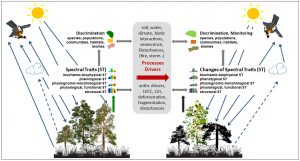
Quantification of spectral traits (ST) and spectral trait variations (STV) and their interactions with drivers and processes to discriminate and monitor plant species, populations, habitats, communities and biomes using EO.
http://www.sciencedirect.com/science/article/pii/S1470160X16303223
